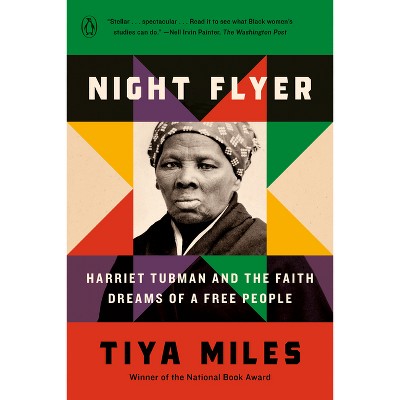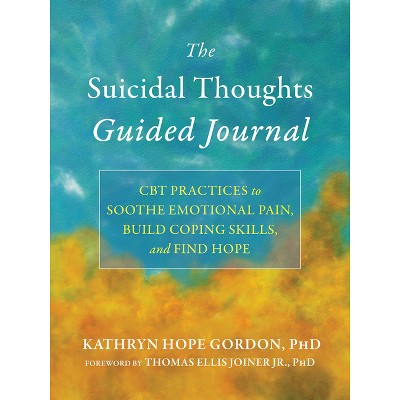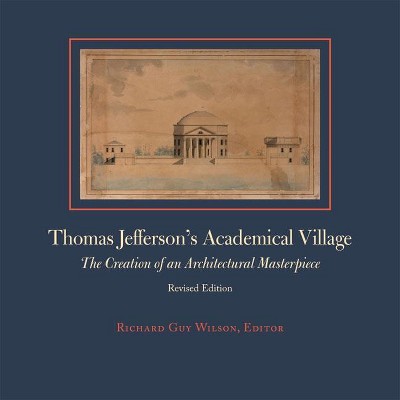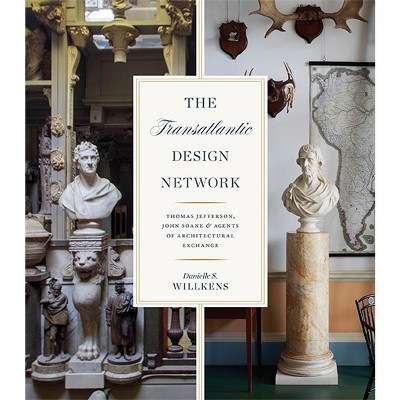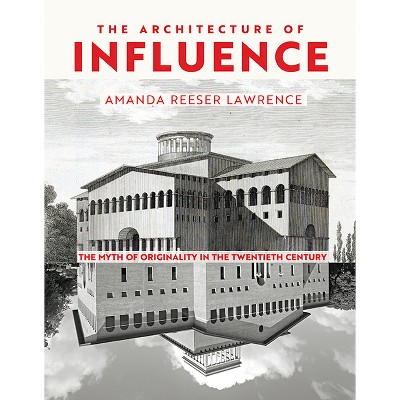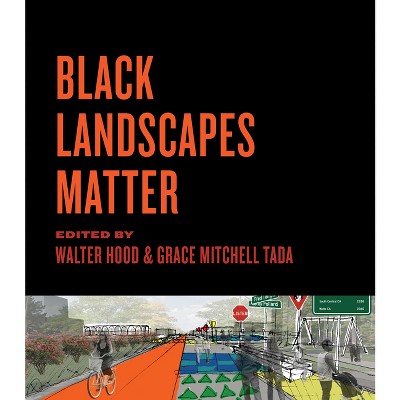Sponsored

Biography of a Tenement House in New York City - 3rd Edition by Andrew S Dolkart
In Stock
Sponsored
About this item
Highlights
- In this groundbreaking volume, previously available in editions first distributed and then published by UVA Press, Andrew Dolkart presents a precise and informative biography of a typical tenement house in New York City that became, in 1988, the site for the Lower East Side Tenement Museum.
- About the Author: Andrew S. Dolkart, Professor of Historic Preservation at the Columbia University Graduate School of Architecture, Planning, and Preservation, is the author of award-winning The Row House Reborn: Architecture and Neighborhoods in New York City, 1908-1929 and Morningside Heights: A History of Its Architecture and Development.
- 152 Pages
- Architecture, Buildings
Description
About the Book
"In this volume, Andrew Dolkart documents, analyzes, and interprets the architectural and social history of 97 Orchard Street from its construction to its current use as a museum offering a lasting tribute to the legacy of immigrants and their children. This third edition updates the history of New York's tenements by adding the story of an African American waiter, Joseph Moore, who lived with his wife and stepdaughter on Laurens Street, now recounted in an exhibition entitled "A Union of Hope." With this added material, this volume provides a more fully realized account of the neighborhood, the city, and the range of residents whose stories are woven into the nation's history"-- Provided by publisher.Book Synopsis
In this groundbreaking volume, previously available in editions first distributed and then published by UVA Press, Andrew Dolkart presents a precise and informative biography of a typical tenement house in New York City that became, in 1988, the site for the Lower East Side Tenement Museum. He documents, analyzes, and interprets the architectural and social history of this building at 97 Orchard Street, starting in the 1860s when it was erected, moving on to the late nineteenth and early twentieth centuries when the neighborhood began to change, and concluding as the building became a museum offering a lasting tribute to the legacy of immigrants and their children, who were part of the transformation of New York City and the fabric of everyday American urban life. The third edition updates the history of New York's tenements by adding the story of an African American waiter, Joseph Moore, who lived with his wife and stepdaughter on Laurens Street, now recounted in an exhibition entitled "A Union of Hope." This newly added apartment tour originated with a letter received by the museum's founders from a woman named Gina Manuel in the 1980s, asking them not to forget her Black ancestors, whose "spirits walk those halls and their bones lay in the earth there." Years in the making, the Joseph and Rachel Moore exhibit traces Joseph's history from his free Black community of Belvidere, New Jersey, through his family's migration to New York City, where he lived in the same building as Gina Manuel's great-grandmother and great-great-grandmother, and in so doing provides a more fully realized account of the neighborhood, the city, and the range of residents whose stories are woven into the nation's history.
Review Quotes
A fascinating, engagingly written study that illuminates the history of a building as well as the social and legislative changes that informed its structural evolution.--Clio: A Journal of Literature, History, and the Philosophy of History
A must read for anyone interested in the history of vernacular domestic architecture in the United States. --Buildings & Landscapes: Journal of the Vernacular Architecture Forum
A rich recapitulation of housing for New York's poor and the heritage of the Lower East Side.--New York Times
Illustrate[s] the dramatic social and economic disparities of the Gilded Age and Victorian era, and the grounding of architecture and building in larger systems of economics and production. Perhaps most importantly . . . it help[s] bridge the gap between the study of the everyday environment and that of high culture.--Journal of the Society of Architectural Historians
About the Author
Andrew S. Dolkart, Professor of Historic Preservation at the Columbia University Graduate School of Architecture, Planning, and Preservation, is the author of award-winning The Row House Reborn: Architecture and Neighborhoods in New York City, 1908-1929 and Morningside Heights: A History of Its Architecture and Development.
Shipping details
Return details
Guests also viewed

